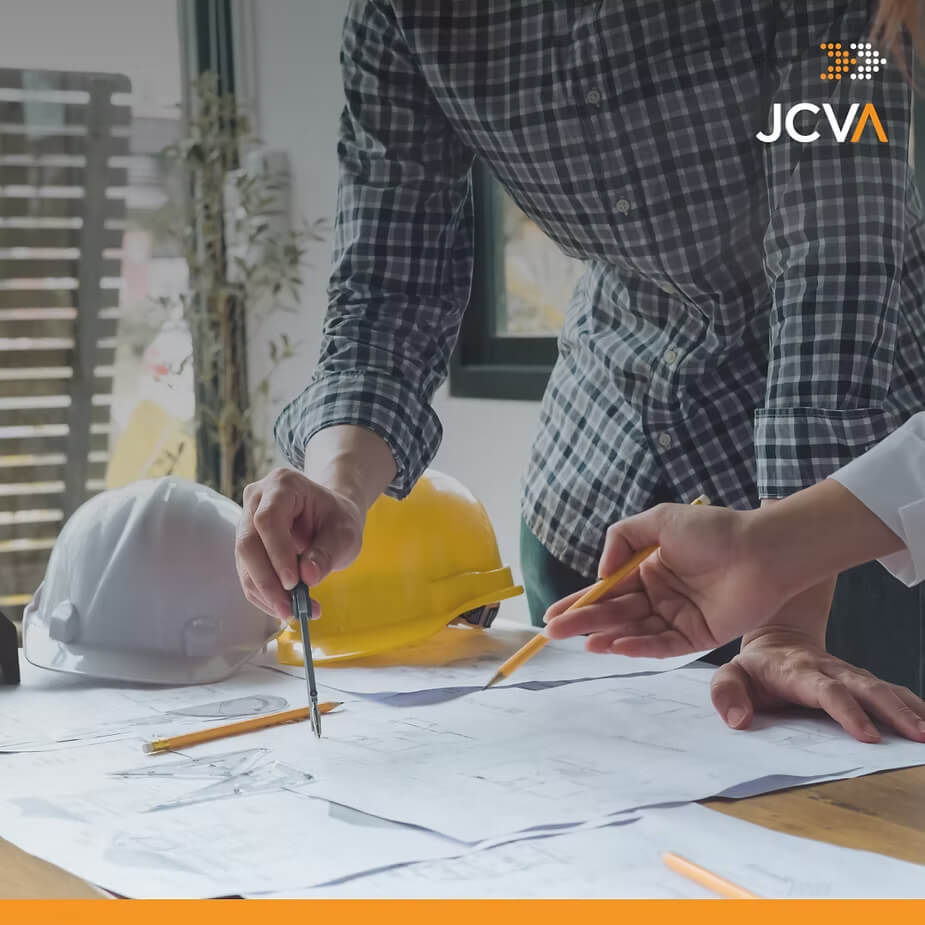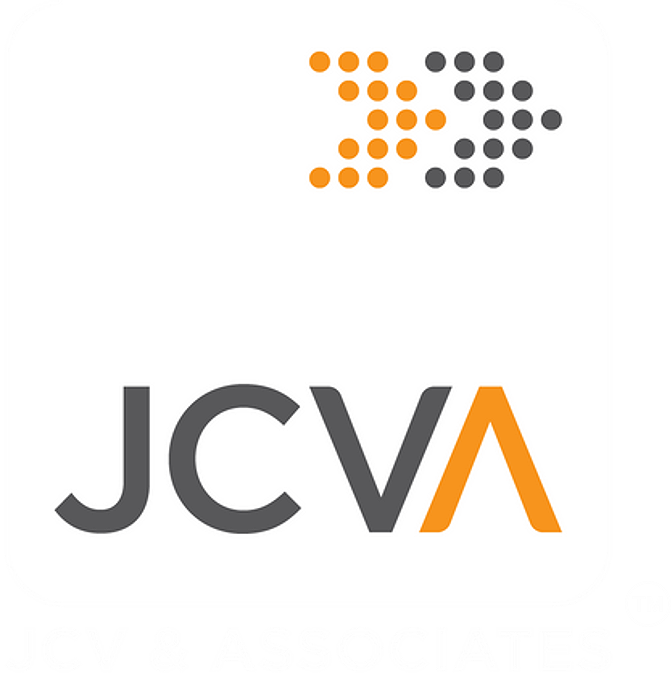
Because the building process is so complicated, you will need to get in touch with several professionals to work on different aspects of your project. Because of this, utilizing turnkey solutions would be of great benefit to you. However, you should be aware of the two most popular methods for creating a project in the construction business, which are design-bid-build and design-build, before you employ a construction company.
Here’s how you can recognize the difference between the two so you can choose the option that better satisfies your objectives, requirements, and other specifications.
The Design-Bid-Build technique, often known as general contracting, is the older and more popular of the two. It has been the most frequently used technique of project delivery in the building sector. In this technique, the property owner contacts a designer or architect and a contractor separately, indicating that the property owner is dealing with several contracts.
Initially, the owner consults with the designer or architect to draft the project’s design based on the owner’s goals, demands, and specifications. Once everything is finalized, the project is put out to tender, and the “bid” process begins. It is the process through which the owner approaches contractors and obtains bids from them to undertake the work required based on the pre-existing design.
Although it takes more work for the property owner, this is still the favored way of delivery for many. One of the primary reasons they have is the commonly held belief that they will most likely receive the lowest construction prices because all contractors will bid for the opportunity to work on the project’s construction phase — which should be ideal if you have a limited budget. The risk, however, will be faced by the owner when it comes to presenting the contractors with the complete design documentation. Because there isno point of contact between the designer and the contractor, the contractor would not be able to provide feedback early on during the design process if a design was entirely plausible. This will also require the owner to ensure that everything was communicated and passed accurately to the contractor, ensuring that the project would proceed as planned or designed.
The Design-Build method is perfect for you as a property owner if you’re looking for something less complicated and more open to collaboration. When utilizing this approach, the property owner needs to be concerned with a single contract and a single point of contact. Because of this, the designer and the contractor are on the same team, which encourages early collaboration from both parties and, ultimately, reduces the number of problems that occur later in the process. This is because both parties will have the opportunity to clear things up and make necessary revisions to avoid hazards from the very beginning of the process.
The Design-Build method of construction offers a great many benefits. It is feasible to achieve better solutions and communication, the design process runs more smoothly, faster delivery is possible, and time and money are saved as a result. It has been brought to people’s attention that the Design-Build method of building offers several different perks and advantages that other construction methods cannot deliver.
When you go with a Design-Build approach for your project, each stage, from the planning phase through the actual construction and beyond, is carried out simultaneously. The planning and development process involves not just the architects and contractors but also every other member of the team as well. This indicates that from the very beginning, you will have integrated budgets as well as timetables. Due to the fact that the phases overlap, you will be able to watch specific points interact with various other components as the process progresses. The budgets can be revised to account for the shifting conditions encountered along the way, avoiding unneeded delays till the completion of your project.
As a whole, Design-Build is an advantageous project management approach. The single-source responsibility and large pool of labor and equipment it offers can streamline your project — providing lower costs and more efficient outcomes. Yet, as with any project, you should still be mindful of risks. The truth is, no matter which approach you take, you’ve got to do your due diligence and be clear on what your goals are.
Sources:
We manage risks, build strong stakeholder relationships, and deliver solutions that reflect global best practices, backed by deep local industry knowledge.
If you're looking for a reliable partner to bring your vision to life, JCVA is here to build it with you.


